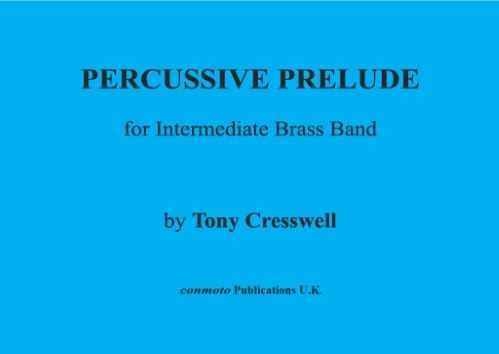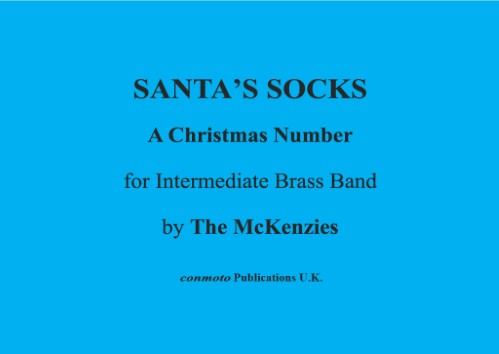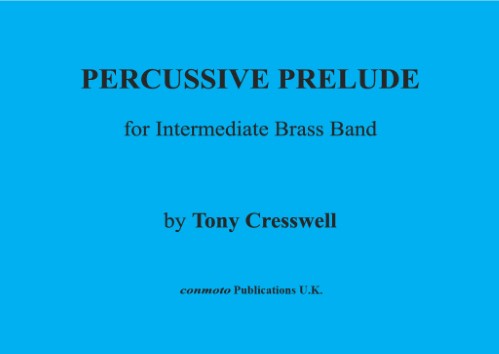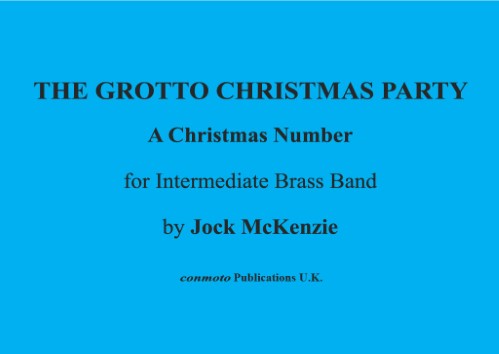We've found 1000 matches for your search. Order by
Results
-
 £8.50
£8.50PERCUSSIVE PRELUDE (score) - Cresswell, Tony
Also contains orchestral brass parts.
In Stock: Estimated dispatch 1-3 working days
-
 £27.50
£27.50SANTA'S SOCKS (score & parts) - McKenzie, Jock
Also contains parts for orchestral brass.
In Stock: Estimated dispatch 1-3 working days
-
 £37.50
£37.50TOWN & COUNTRY (score & parts) - McKenzie, Jock
Also contains parts for orchestral brass.
In Stock: Estimated dispatch 1-3 working days
-
 £8.50
£8.50HALF A POUND TUPPENNY RICE (score) - Anonymous
Also contains orchestral brass parts.
In Stock: Estimated dispatch 1-3 working days
-
 £37.50
£37.50DROP'KICK HORO (score & parts) - McKenzie, Jock
Also contains parts for orchestral brass.
In Stock: Estimated dispatch 1-3 working days
-
 £37.50
£37.50EASTERN VOYAGE (score & parts) - McKenzie, Jock
Also contains parts for orchestral brass.
In Stock: Estimated dispatch 1-3 working days
-
 £11.50
£11.50FROM ACROSS THE WATER (score) - McKenzie, Jock
Also contains parts for orchestral brass.
In Stock: Estimated dispatch 1-3 working days
-
 £27.50
£27.50PERCUSSIVE PRELUDE (score & parts) - Cresswell, Tony
Also contains orchestral brass parts.
In Stock: Estimated dispatch 1-3 working days
-
 £27.50
£27.50HALF A POUND TUPPENNY RICE (score & parts) - Anonymous
Also contains orchestral brass parts.
In Stock: Estimated dispatch 1-3 working days
-
 £8.50
£8.50THE GROTTO CHRISTMAS PARTY (score) - McKenzie, Jock
Also contains parts for orchestral brass.
In Stock: Estimated dispatch 1-3 working days
